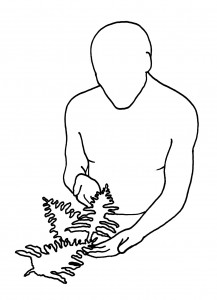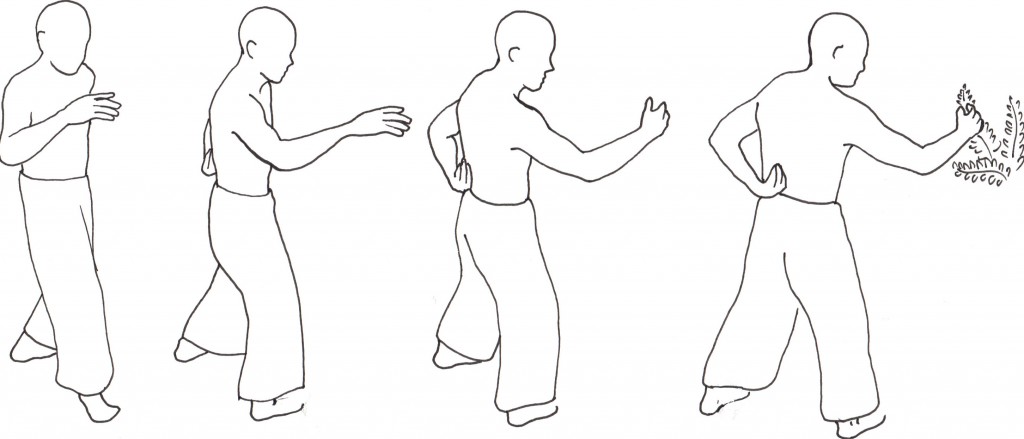Skip to content
Qigong with Plants
 Qigong with Plants
Qigong with Plants
The clearest way into the Universe is through a forest wilderness. ~ John Muir
Qigong (originally called Daoyin) originated in ancient China and became a favorite pastime of the Daoist and Buddhist monks. Legend has it that the man who brought Buddhism from India to China also brought exercises that later became the precursors to Qigong.

The word “Qigong” means working with Qi, or working with energy. As the Chinese word Qi means air as well as energy, Qigong can also mean working with air or working with the breath. There are thousands of Qigong exercises, each based on the building, movement, or draining of Qi.
Almost any qigong practice that we do alone we can do with plants. Plants have a very clear and powerful presence if we are only willing to be quiet enough to hear what they have to say.
Plants lend themselves well to sweeping Qigong movements and breathing exercises, but there are many ways to exchange energy with plants. The simplest way to connect with a plant is to just hold your hands near it and pay attention to what you are feeling. We will discuss this later on in this book.

On a fundamental level our relationship with plants is completely symbiotic: We use their oxygen and they use our carbon dioxide. This relationship is somewhat ironic, as when we really look at our relationship with plants, we cannot live without them, but they would do just fine without us.
 Qigong with Plants
Qigong with Plants

